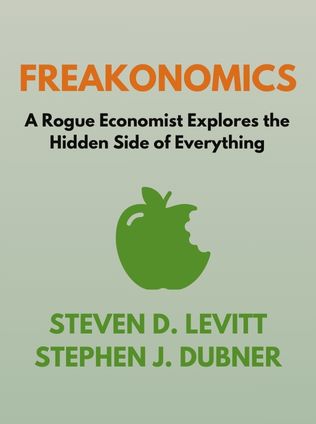
Killers of the Flower Moon
The Osage Murders and the Birth of the FBI
By David Grann
Published 04/2017
About the Author
David Grann, an American journalist and author, is widely recognized for his investigative journalism and narrative nonfiction. Born in 1967, Grann has made significant contributions to literature, particularly through his ability to weave intricate historical narratives that uncover long-hidden truths. He earned his Master of Fine Arts degree in Creative Writing from Boston University and has since become a staff writer at The New Yorker. Grann's work is characterized by his meticulous research and his passion for stories that reveal the darker sides of history and human nature.
Grann's book Killers of the Flower Moon: The Osage Murders and the Birth of the FBI is a testament to his skill in uncovering forgotten or overlooked historical events and presenting them in a compelling and accessible manner. The book has garnered widespread acclaim for its in-depth research, compelling narrative, and the light it sheds on a dark chapter of American history. Grann's ability to bring historical events to life and his dedication to exposing injustices make him a significant voice in contemporary literature.
Main Idea
The central theme of Killers of the Flower Moon revolves around the Osage Reign of Terror, a harrowing period in the 1920s when members of the Osage Indian Nation in Oklahoma were systematically murdered for their oil-rich land. This series of heinous crimes, driven by greed and racism, highlights the pervasive corruption and exploitation faced by Native Americans during this era. The book also details the birth of the modern FBI, as the federal government intervened to uncover the truth and bring the perpetrators to justice.
Grann delves into the broader implications of these events, examining how deeply ingrained racism and systemic corruption allowed such atrocities to occur. The book serves as a poignant reminder of the lengths to which people will go for wealth and power, and the devastating impact of these pursuits on marginalized communities. Through this narrative, Grann not only tells a story of crime and investigation but also critiques the social and political systems that enabled these crimes.
Table of Contents
- Prologue: The Vanishing
- The Marked Woman
- The Evidence Man
- The Reporter
- The Final Chapter
Prologue: The Vanishing
The prologue sets the stage for the chilling narrative that follows. It introduces the Osage Indian Nation, a community that was once one of the wealthiest in the world due to the discovery of oil on their land. However, this wealth made them targets for exploitation and murder. The prologue serves as a reminder of the violent history that has often accompanied the discovery of natural resources in marginalized communities.
"The Osage had become the wealthiest people per capita in the world, but this prosperity would come at a terrible cost." — David Grann
Grann uses the prologue to emphasize the tragic irony of the Osage's wealth, which, rather than bringing prosperity, brought destruction. The reader is immediately drawn into a story of loss, betrayal, and the insidious nature of greed. This opening section is crucial as it encapsulates the heart of the book's narrative—how wealth can corrupt, not just individuals, but entire systems and societies.
Sign up for FREE and get access to 1,400+ books summaries.
You May Also Like
Freakonomics
A Rogue Economist Explores the Hidden Side of Everything
By Steven D. Levitt and Stephen J. DubnerI Am Malala
The Story of the Girl Who Stood Up for Education and Was Shot by the Taliban
By Malala Yousafzai



















